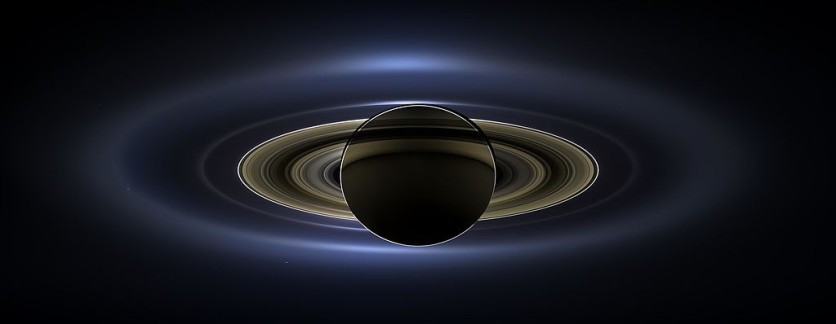NASA's Transiting Exoplanet Survey Satellite (TESS) has played a pivotal role in unveiling a newfound exoplanet, comparable in size to Saturn, as it transits a nearby M-dwarf star. This discovery is the result of collaborative efforts from an international team of astronomers, reported in Science X Network.
TESS, the astronomical survey mission, is diligently scrutinizing around 200,000 of the sun's brightest neighboring stars in search of transiting exoplanets. Its mission has proven fruitful, identifying an impressive roster of over 6,700 candidate exoplanets, with 373 verified.

Transit Signal from an M-dwarf Star
Led by Jose Manuel Almenara from Grenoble Alpes University in France, the astronomers have announced the verification of another TESS Object of Interest (TOI).
Their scrutiny has led them to pinpoint a transit signal originating from an M-dwarf star named TOI-4860. Subsequent ground-based photometric observations have confirmed the planetary nature of this signal.
In their published paper, the researchers affirm, "We report here the validation and mass measurement of TOI-4860 b. Ground-based photometry confirms that the transits around TOI-4860, initially identified by TESS photometry, are produced by a giant planet."
TOI-4860 b shares similar dimensions with Saturn, boasting a radius of approximately 0.77 times that of Jupiter's, and a mass equivalent to 0.27 Jupiter masses.
The planet's mean density is calculated to be 0.75 g/cm³. It embarks on an orbit around its host star every 1.52 days, situated at a mere distance of 0.018 astronomical units (AU). The equilibrium temperature of TOI-4860 b measures 694° K.
Due to its close proximity to its parent star, TOI-4860 b experiences robust tidal interactions, contributing to the distortion of the planet and its orbital decay.
The host star, TOI-4860, belongs to the M3.5 spectral type and is approximately one-third the size and mass of the sun. Sporting an effective temperature of around 3,255° K, the star's metallicity measures 0.27. Positioned at a distance of approximately 262 light-years, TOI-4860, and its accompanying exoplanet have drawn the attention of astronomers.
Read Also : NASA Pours $5.7 Million Into Developing Space Telescopes Designed to Look for Life on Exoplanets
Secondary Planet?
Interestingly, the team identified an extra signal amidst the radial velocity data, providing indications of the presence of yet another planet residing in the TOI-4860 system.
This secondary potential planet showcases an orbital period of around 427 days, and its mass is thought to be at minimum 1.66 times that of Jupiter.
The astronomers speculate that the unique orbital characteristics of TOI-4860 b may have been influenced by intricate interactions with this additional planet.
This scenario suggests potential scenarios such as planet-planet scattering or the Kozai resonance phenomenon, which may have shaped its current orbital configuration.
The scientists observed that TOI-4860 b becomes part of the limited group of substantial planets discovered in the vicinity of mid-to-late M-dwarfs. Additionally, it presents an intriguing opportunity for analyzing its atmosphere through transmission spectroscopy.
The findings of the team were published in arXiv.
Related Article : NASA Is Searching for 'Technosignatures' in the Hunt for Intelligent Life Beyond Earth

ⓒ 2025 TECHTIMES.com All rights reserved. Do not reproduce without permission.




